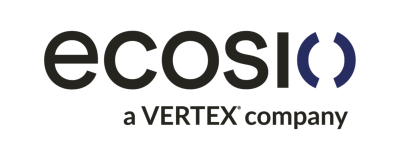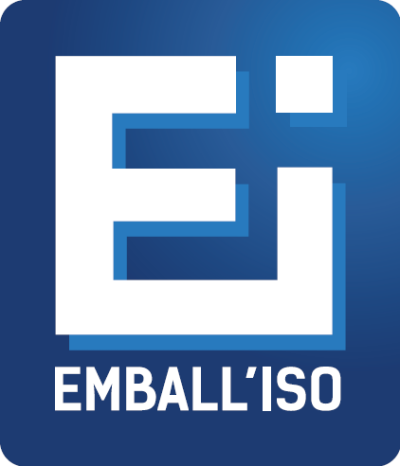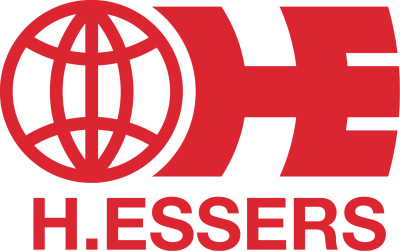LogiPharma 2026
14 - 16 April 2026
Austria Center Vienna
Mediacenter

Increasing Visibility with Real-Time Data: a 2019 Report
The logistics industry now has more data on shipments than ever before. With this mountain of new data comes the responsibility for pharmaceutical companies to figure out how best to implement a proactive model so that they can act on data in real-time. In Q4 of 2018 WBR Insights, Controlant and TSS surveyed 100 Heads of Operations from pharma companies across Europe to find out more about the challenges they’re facing and the innovative solutions being brought to the table.

[Warp-Report] How to Transform your Cold Chain with on Demand Digital Services
With pharma regulations rocketing and customer demand growing, it’s critical to stay on top of the rising technologies and services to digitally transform your cold chain operations. If you want to stay ahead of the competition, specific real-time data will help you get a clearer overview of your cold chain. You’ll have access to critical and detailed information that can prevent excursions, save products and establish the most viable routes for delivery. Read on to find out more...

Differentiated by Supply Chain: A LogiPharma 2018 Report
In Q4 2017 we approached 100 senior decision makers in the pharmaceutical industry, with job titles such as Vice President of Supply Chain Management, Global Head of Supply Chain, Director of SCM & Procurement, as well as others of a similar standing to investigate some of the issues which are driving transformation within the pharmaceutical supply chain today ahead of Logipharma 2018.

[Webinar] - Pharmaceutical Cold Chain: How to leverage digital transformation and real-time monitoring
As the pharma supply chain moves from being a cost centre to a competitive differentiator, it is now critical that businesses not only digitize their supply chains but also adopt digital transformation in order to stay ahead of this curve.In this webinar, our industry experts will examine how real-time monitoring and access to big data can help transform the cold-chain, as well as how it can empower professionals to manage and investigate the root cause of temperature deviations, and leverage prescriptive analytics.

The Supply Chain of the Future
From rapid shifts in supply and demand, to impending regulatory changes, disruptive technologies and, of course, the need to maintain supply chain integrity, there are plenty of stress-factors to be aware of – and solutions to be found.In advance of LogiPharma 2017, we interviewed 100 senior decision makers in the industry to investigate some of the issues which are driving transformation in the pharmaceutical supply chain today.

Key Strategies for Global Trade Management in the Life Sciences Industry
WGB_60025 Click the image to the left to download your copy! Covering the best practices gathered in KPIT's global trade compliance roundtable session at PharmaForce 2016, this report will show you the challenges your peers are encountering, as well as how they are optimizing their global logistics strategies.

Achieving 360 Degree Pharmaceutical Supply Chain Visibility
In the first quarter of 2017, BSI and LogiPharma partnered to research how global pharmaceutical executives are identifying and mitigating global threats to their supply chains. What global markets are currently being looked at for the sourcing of active pharmaceutical ingredients, as well as excipients? What tools and strategies are being adopted for the development of heightened visibility over each point of articulation within the supply chain? What are the current significant risk factors that jeopardize the security and continuity of pharmaceutical products quality, life cycle management and logistics? This report seeks to illuminate the answers to these questions through analyzing the anonymous responses of 73 executive members of the LogiPharma event community.

The supply chain planning cure for everything from product expirations to patent cliffs.
Biomedical advancements can trigger a continuous stream of new product introductions. Mergers and acquisitions constantly reshape the competitive landscape while governments at all levels roll out new regulations. The promise of tenders and perils of patent cliffs are ever-present.Life sciences companies have to keep up with all of this while upholding the highest commitments to safety, efficacy and affordability to meet patient needs. That can be tough to do with aging IT infrastructure and disparate enterprise resource planning (ERP) systems.That’s why global life sciences leaders are turning to concurrent planning to strategically manage their supply chains from end to end.
Want even more reading material? View whitepapers and reports from our 2018 event.
2018 Media Center












































































































































